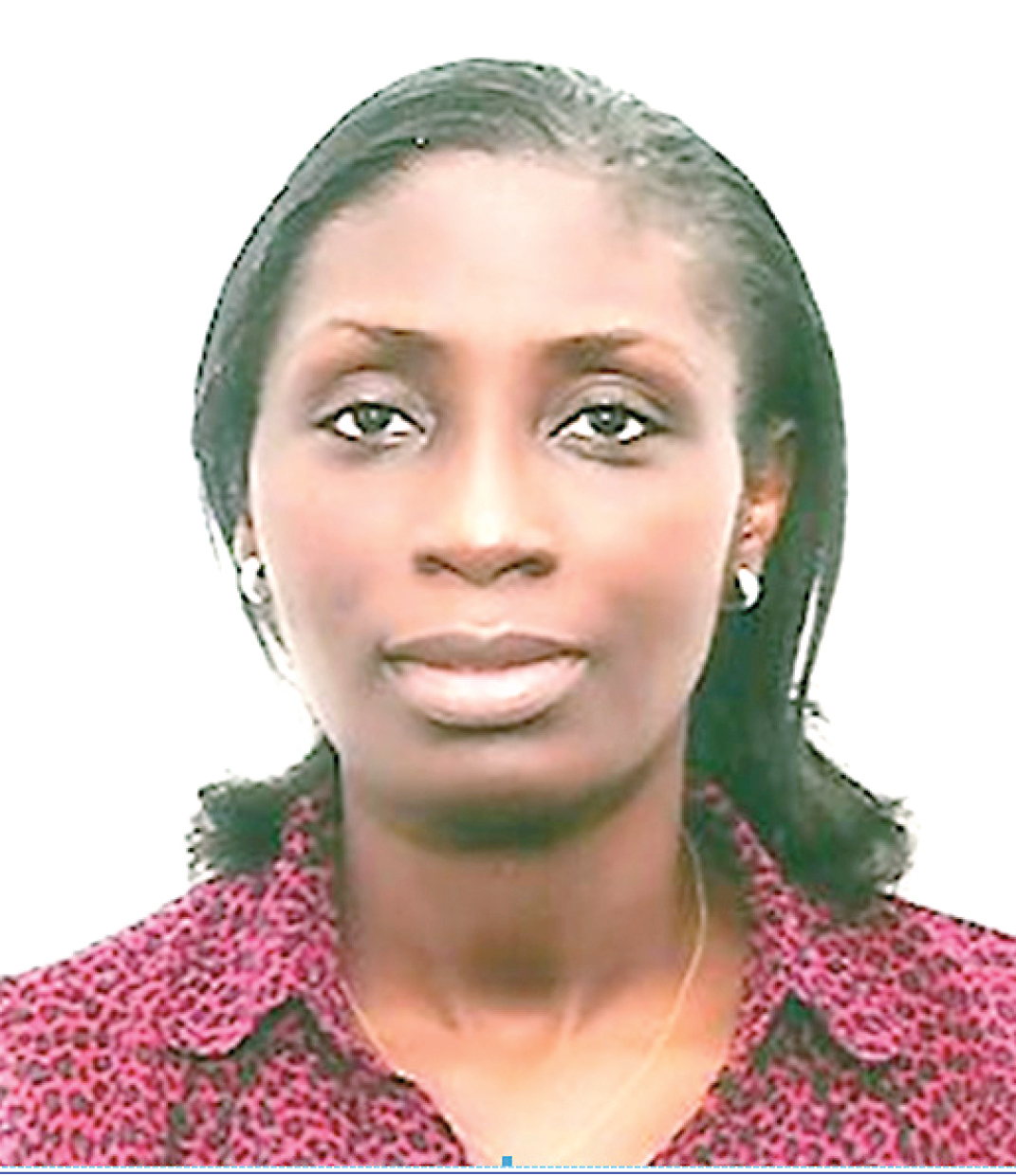Some babies are born with openings or splits affecting the lip (cleft lip), the roof of the mouth (cleft palate) and other parts of the head. Dr Adeola Olusanya, a cleft surgeon, in this report by SADE OGUNTOLA, says walking in the sun or an evil curse does not cause the birth defect.
Cleft and lip palate, what are these?
Clefts of the lip and palate are anomalies on the face a baby can be born with. They are openings or splits affecting the lip, the roof of the mouth and, sometimes, other parts of the head. The most common are those affecting the lips and roof of the mouth. This anomaly is one of the most frequent congenital anomalies estimated at one in every 700 live births globally. Cleft of the lip and/or palate appears to be commoner in the Asians, followed by the Caucasians, then the Africans.
Data on its prevalence in Nigeria are mainly hospital-based. In 2017, a five-year survey at the University College Hospital (UCH), Ibadan indicated that 59 per cent of all deformities that affect a child’s head and facial bones were cleft anomalies.
Based on anecdotal inferences, it appears the North seemed to see more patients with opening or splits affecting the lip, the roof of the mouth than we see in the South and the East. However, with the USA-based Smile Train organization’s funding for surgical repairs of these anomalies, we are not seeing as many patients as in the earlier years of 2007. It appears the backlog of patients is gradually being mopped up.
Why do African children get cleft and lip palate?
No one knows exactly what causes opening or splits affecting the lip and the roof of the mouth in babies while they are still inside the womb, even in the developed world. I don’t think that Africans are different human beings; it affects all races and even animals too. However, some factors have been associated with cleft of the lip and palate which are grouped mainly as environmental and genetic factors. These include exposure to some viruses like Rubella, certain medications, some pollutants, alcohol and drug usage and cigarette smoking during pregnancy. These are associated factors, but a direct cause-effect relationship is yet to be proven.
Another factor that has been identified is the advanced age of the mothers or the fathers. But in our local environment, that does not appear to be the case. In 2014, a study in Nigeria looked at 200 patients with this anomaly and their parents. The average age of the mothers and fathers were 25 years and 38 years, respectively. These age categories cannot be considered advanced in age.
In practice, we have seen 18-year-old mothers who come with babies with openings or splits in the babies’ lip and or the roof of the mouth. Possibly, a probable factor is the mother’s nutritional status at the time of conception and during the first three months of pregnancy.
Are prenatal supplements, including folic acid supplements, beneficial in ensuring mothers don’t give birth to babies with these defects?
We’re hopeful that if a prenatal supplement, including folic acid, are taken in the first trimester, it might be helpful. The formation of the face actually starts between the fourth to the eighth week of life inside the mother. This is the time the cleft occurs, if it is going to occur. Howbeit, babies of some individuals who have had prenatal supplements still get born with cleft anomalies.
IN CASE YOU MISSED THESE FROM NIGERIAN TRIBUNE
- ‘Officials initially offered to help but when the number of able-bodied citizens at the centre increased, they left us unattended to’
- Why Ogun Tops List Of ‘Yahoo Boys’ In Nigeria ― Governor Abiodun
- Police, Amotekun after criminals on Lagos-Ibadan expressway
- Suspected cannibal pays N500,000 for boy’s human organs, says ‘that’s my favourite meal, especially the throat’
- Court awards Nnamdi Kanu N1 billion over invasion of his home by military, asks FG to apologise
Is cleft lip and palate, therefore sometimes hereditary in nature?
Genetics definitely plays a part in this. But for psychosocial reasons, we tend to play this down a bit. You can imagine being told in a hospital that cleft anomaly resulted because the father or the mother has it. Back at home, this can cause serious rife in the family. However, the role of genetics is emphasized during counselling towards having more children. Yes, genetics can be a factor and some studies have identified some genes that are associated with cleft lip or palate anomaly.
In our practice, individuals with cleft lip and or palate have been known to give birth to babies with cleft lip and or palate. Also, some families have been known to have more than one child with a cleft anomaly. So genetics can definitely, play a role.
Can it be detected while the baby is still inside the womb, say through an ultrasound scan?
Yes, it can be detected. For a few of our patients, they were detected while the baby was still inside the womb. Usually, when it’s detected, it better prepares the parents, the caregiver or the family for the baby coming and how to care for him or her. However, this detection before birth is yet to be a common occurrence in our environment. In the study of the 200 parents referred to earlier, only two of the mothers had it detected before the birth of their babies, although all of them had ultrasound scans at different stages of their pregnancies. It is detectable during a scan, but this detection is dependent on the expertise of the individual doing this scan.
Are there myths and misconceptions about these children in the community?
There are quite a number of these; some believe that affected babies are born of the devil and some believe that they bring misfortune to the family. Interestingly, some believe that they are God’s sent. There was the case of a 14-year-old girl in the outskirts of Ibadan. The parents were persuaded to have this deformity repaired and they insisted that as God Himself made her this way, whatever she utters with her lips is bound to happen. She is therefore considered a goddess in her community.
Unfortunately, some myths have pushed individuals to do some unfavourable things to these children. This is quite disheartening as when these anomalies occur alone, and not with other life-threatening issues, they are very treatable towards the individual having a normal life.
Can this disability in these children be corrected?
It can be corrected, especially those that occur alone without accompanying life-threatening anomalies. The major challenge, especially in this economic era, is the funds to get it repaired. Fortunately, Smile Train, a non-governmental organization has partnered with many hospitals in Nigeria, including UCH Ibadan to enable these surgical repairs to be done for free.
Advice to parents or caregivers of babies with cleft anomalies
It is important parents of babies with cleft do not isolate themselves from society. There are benefits from socializing with friends and family members, especially the supportive ones. Yes, there’s a stigma attached to this anomaly, parents can identify friends and family members who will empathize with them. Isolation can tend towards depression. When isolation and depression run a vicious cycle, feeding the child becomes a problem and getting the solution for the treatment, which will be dependent on the health of the child, will in turn also become a challenge.
Secondly, since we don’t know what the cause of this anomaly is exactly, parents should avoid self-blame. That a heavily pregnant woman walks in the sun, for instance, does not mean that she will give birth to a baby with such a birth anomaly. Usually, the face is formed even before the woman knows that she is pregnant.
Also, babies with clefts are just like other babies; they experience health challenges like other babies too have. So attention should be paid to their health needs like in other children. They shouldn’t be seen to be different.
Are there complications that children with cleft palate encounter?
Children with cleft lip with or without cleft palate face a variety of challenges, depending on the type and severity of the cleft. These may include difficulty with feeding, difficulty swallowing such that liquids or foods can come out from the nose, nasal speaking voice and chronic ear infections. Feeding difficulties occur more with cleft palate abnormalities since the babies may be unable to suckle properly because the roof of the mouth is not fully formed.
But, it can be repaired in such a way that unless one is told that an individual had a cleft palate repaired, one may not know. A child with a cleft lip can look so normal that all that is seen is a tiny scar on the upper lip that even when a stranger sees, they assume it had occurred from, say, a fall. Some scars are so imperceptible that when new patients come and they see the older ones, they ask if indeed this patient had had a cleft lip repaired. So a normal life can be attained, we have quite a number of patients like that.
Should there be a need, the interviewee can be contacted through defamyl@yahoo.com or +2348131733662.






